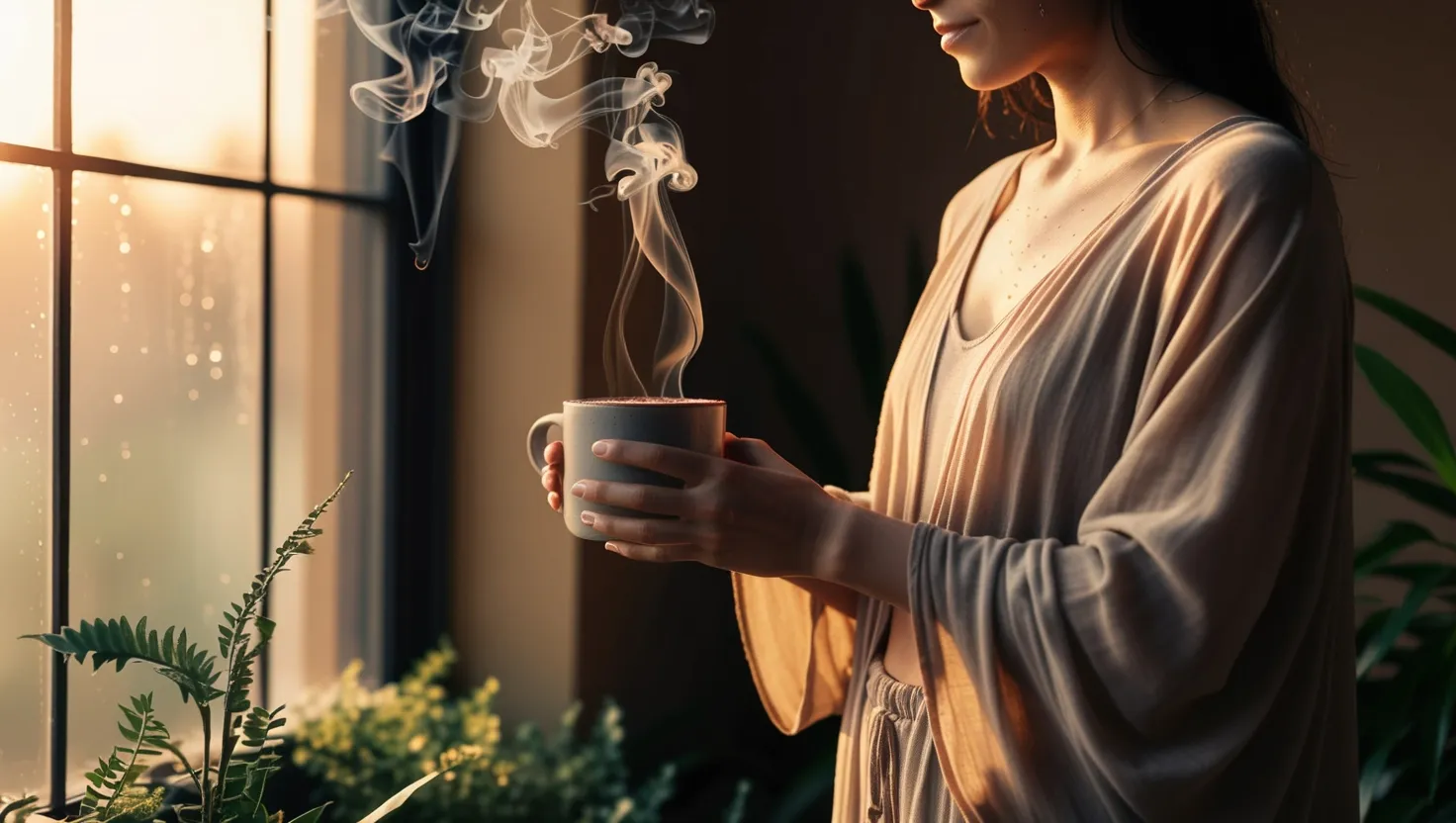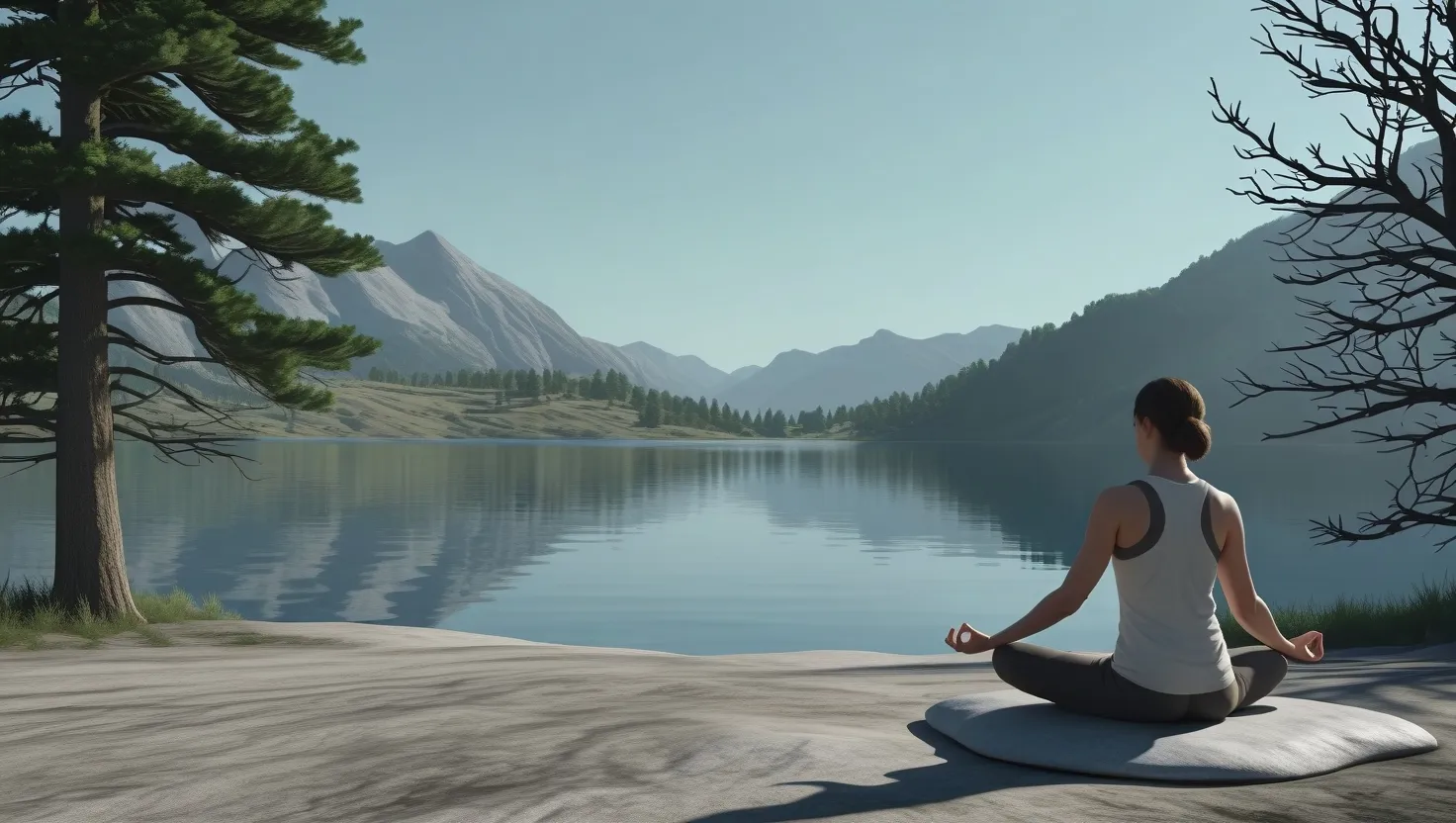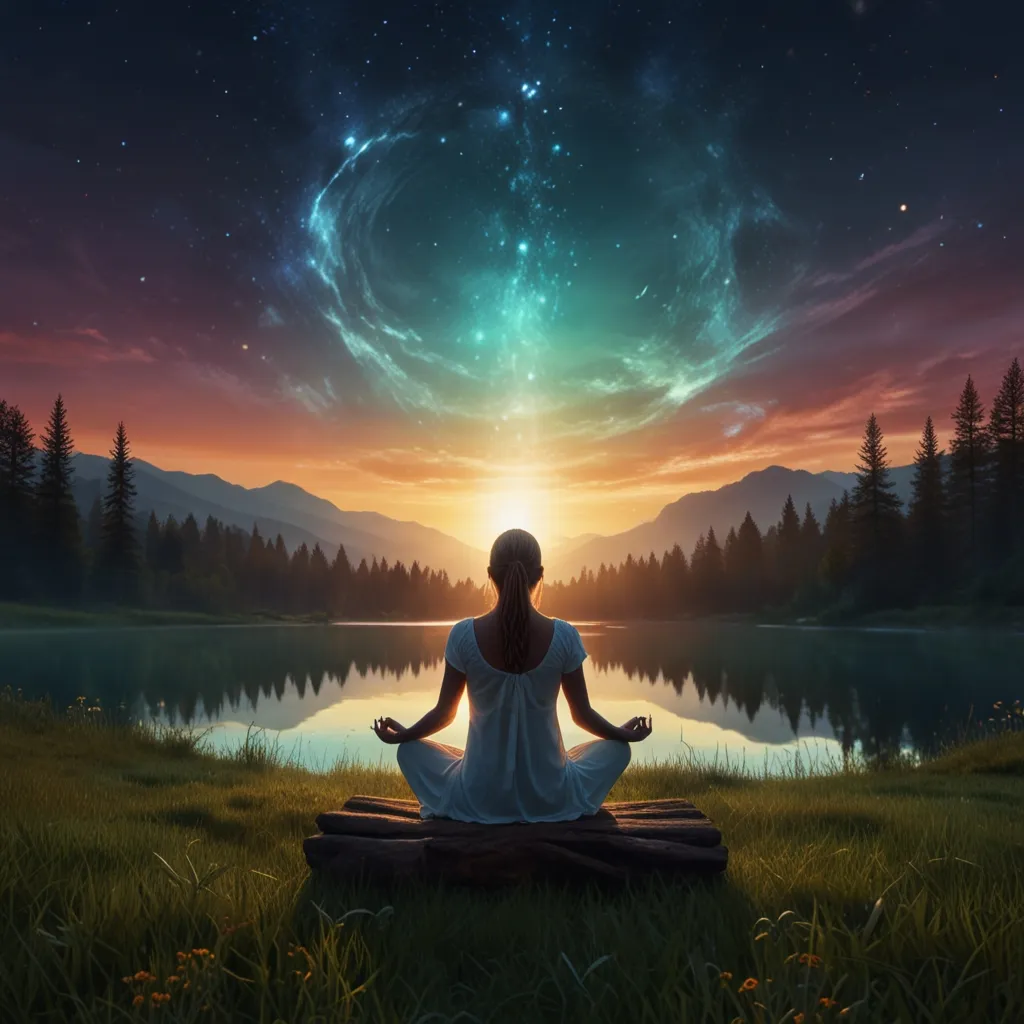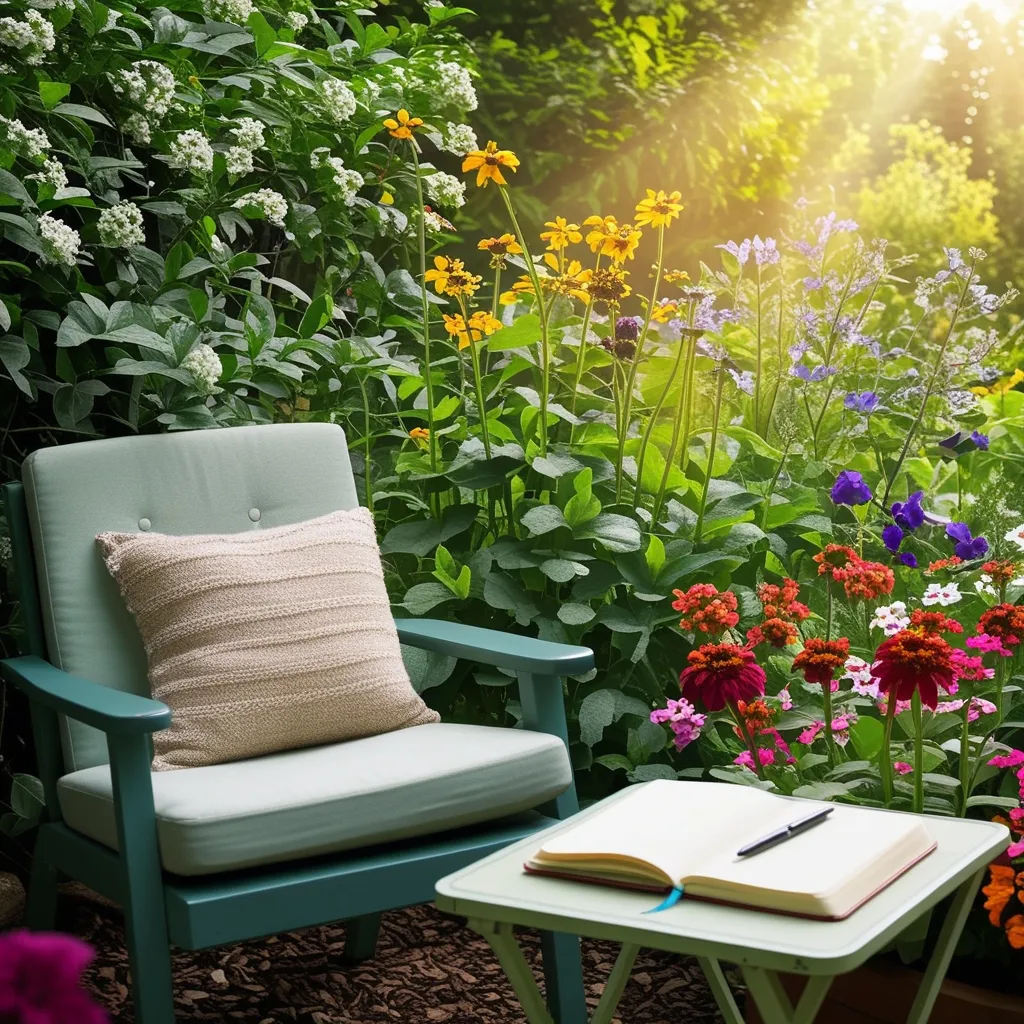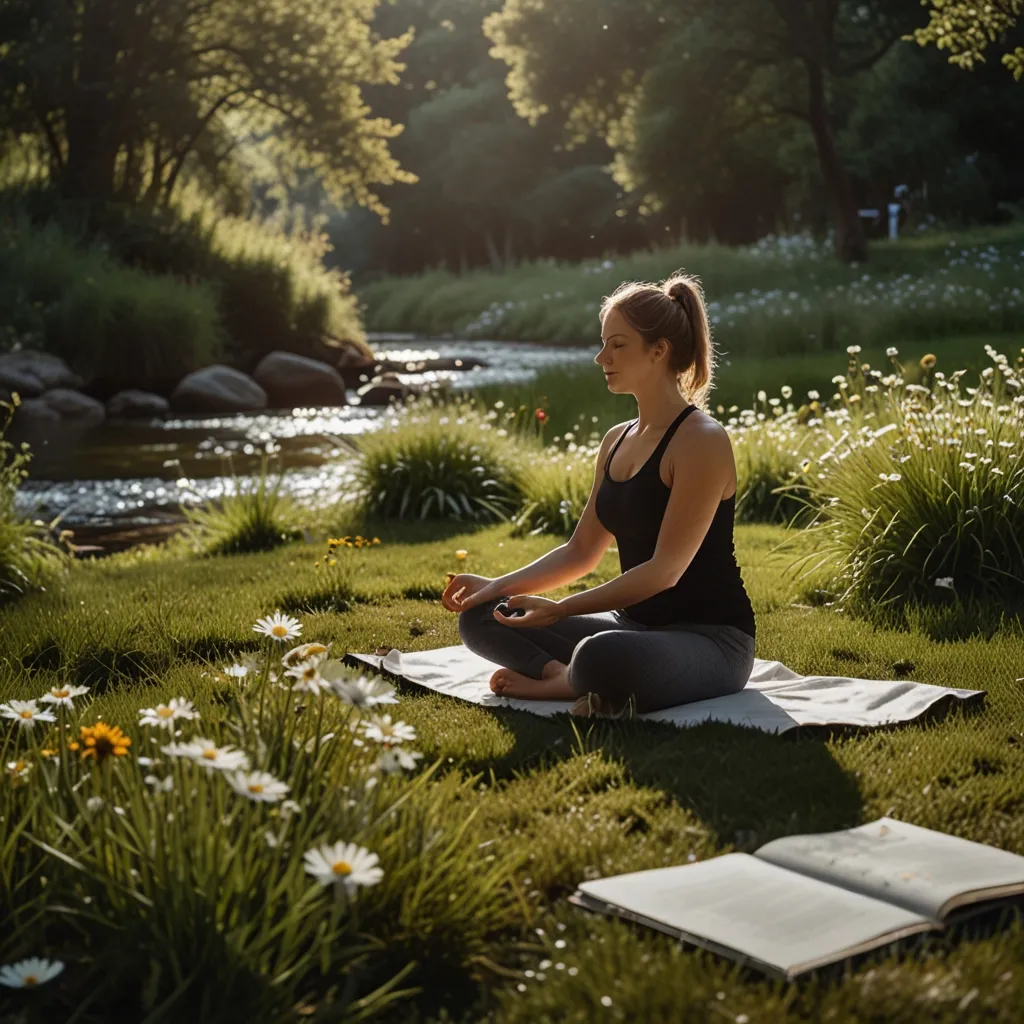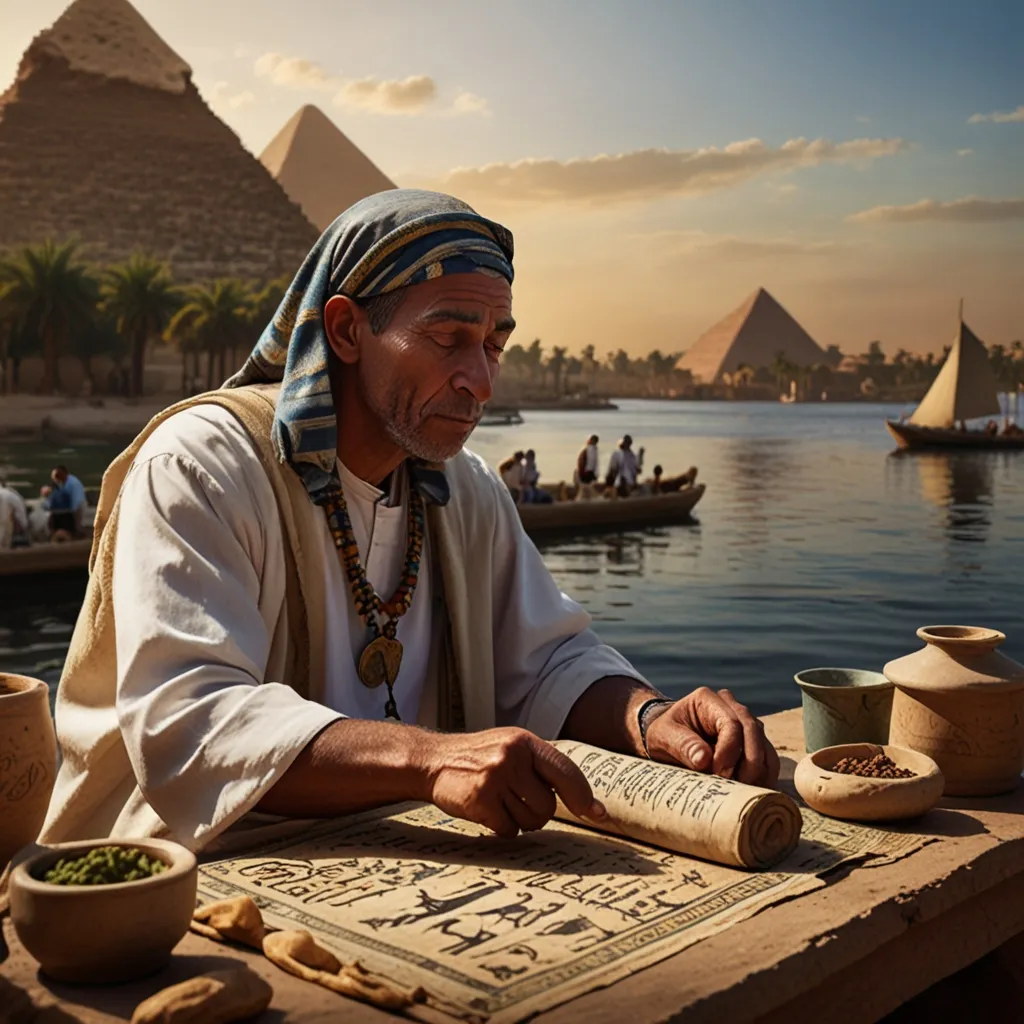Let’s imagine the way your morning begins. Not with rushing or scrolling, but with a small, intentional act: you step out of bed, splash cool water on your face, and pause. This moment can be more than a wake-up—it can be a reset for how you approach the day. The Aztecs knew the power of beginnings. Their daily purification, using smoke and water, was a practical and spiritual tactic, designed to clear negative energy and set intentions. We don’t have to replicate ancient rituals exactly, but reimagining them can help create a gateway between past wisdom and modern living.
“Let food be thy medicine and medicine be thy food.” — Hippocrates.
As you start your morning, try lighting a stick of natural incense or switching on a diffuser with sage or copal oil. While the scent fills the room, visualize a barrier against yesterday’s worries and picture the freshness you want for the hours ahead. Why do these acts matter? Because our brains respond to ritual—signals and patterns that mark the shift from one state to another. Water and fragrance, for the Aztecs, brought purification and focus. Now, they can do the same for us, clearing away mental fog and making space for clarity.
I’m often amazed at how ritual movement can transform energy. Aztec warriors believed in beginning with vigorous dance and synchronizing movement with breath. Their dances weren’t just about fitness—they were meant to align the body’s vitality with mental and spiritual intention. Today, five minutes of stretching or gentle motion, carried out with deep breathing, acts like a mental switch. Instead of sleepwalking into the day, you tune in to the present—a kind of moving meditation minus the incense and ceremonial garb. Every stretch becomes a tug on the invisible thread that connects your mind to your body, reviving you for what’s ahead.
“Movement is a medicine for creating change in a person’s physical, emotional, and mental states.” — Carol Welch.
Ask yourself: When did you last dance, not for show, but for the pleasure of movement and connection with yourself? What rhythm, what action, marks your entrance into activity each morning? The reminder here is that even small rituals, consistently performed, become powerful anchors.
Let’s jump ahead to community. The Aztec market was more than a place to buy goods—it was a pulsating heart of conversation and belonging. People bartered, swapped stories, even exchanged news or remedies. Today’s shopping trips are often solitary and hurried. But what if, once a week, you slowed down? You exchanged a few friendly words with the produce vendor. You met someone new in line. These gestures don’t take much but they make a difference. The simple act of socializing at the market reconnects you to place, people, and the local web that supports daily living.
Ever wonder who grows your tomatoes or what stories the local baker holds? Engaging with those around you can refresh your sense of belonging and lift your energy. Social rituals, like market conversations, act as connectors that ground us in our communities and bring gentle stimulation that screens cannot provide.
“The greatness of a community is most accurately measured by the compassionate actions of its members.” — Coretta Scott King.
Throughout the day, the Aztecs tracked the movement of the sun. This wasn’t about strict worship or even timekeeping in the modern sense. It was about remaining aware of the natural cycle unfolding above them. How often do you notice the sun’s travels? Let your morning coffee be a cue to look at the light outside. Pause at midday, step outdoors, and feel the warmth on your skin. Before dusk, take a moment to watch the sky changing colors.
These brief resets, tied to the sun’s journey rather than a digital clock, draw your attention to rhythm over routine. They ask: How can you ground yourself in something as constant and universal as the sun’s motion? This awareness, practiced over a week, can make each day feel less fragmented and more naturally paced.
“Keep your face always toward the sunshine—and shadows will fall behind you.” — Walt Whitman.
Evening brings its own ceremony. The Aztecs cherished chocolate not simply as a treat, but as a sacred beverage. Made from roasted cacao and often blended with spices, the drink was reserved for significant moments—a restorative end to the day. Consider preparing a mug of high-quality dark chocolate with warm water or milk, stirring gently, inhaling its aroma. Instead of drinking quickly, sip slowly and reflect. What in your day deserves gratitude? Which simple win or connection matters more than you realized?
Mindful consumption of chocolate, as the Aztecs practiced, was an act of gratitude and presence. For many of us, food and drink blur together into routine, moving from breakfast to dinner without a second thought. But when you transform a simple drink into a ritual, giving it time and intentionality, it becomes a celebration rather than a habit. Why not prompt yourself with a question: What are you thankful for, right now, with this chocolate warming your hands?
“There is nothing better than a friend, unless it is a friend with chocolate.” — Linda Grayson.
If you try weaving these five practices into daily life, notice the effect on your energy and mood. Dawn purification resets the mind. Morning movement grounds the body. Marketplace interaction stimulates community. Tracking the sun reconnects you to the natural world. Ceremonial chocolate fosters gratitude and reflection. None of these acts demand hours, nor do they require elaborate preparation. They ask for presence, curiosity, and a willingness to see ritual not as old-fashioned, but as essential.
You might be surprised at what comes up when you make time for these habits. Questions rise to the surface as habits settle in: Will ritual become routine, or will it retain its sense of wonder and focus? Can small actions, repeated daily, challenge the fatigue we associate with modern life? Can connection—whether to yourself, to others, or nature—be grown through intention rather than obligation?
It’s easy to imagine ancient ritual as distant, ceremonial, impossible to translate. But strip away the elaborate costumes and complex offerings, and what remains are gestures of renewal, connection, and mindfulness. The Aztecs built their daily lives around these touchpoints. Try adopting them for a week, and see how the fabric of your own day shifts, softens, and strengthens.
As I write this, I find myself wondering what other ancient rituals lie waiting to be rediscovered, reimagined, and made fresh. If you could add your own spin—your own meaningful gesture—what would you invent? Which part of your day cries out for ceremony and intention?
“Every morning we are born again. What we do today is what matters most.” — Buddha.
You are the architect of your energy and connection. Whether you splash water at dawn, stretch in the sunlight, chat at the market, or watch the sun dip below the horizon, these moments are yours to shape. And in doing so, you might just discover that present-day routine and ancient ritual are not so far apart after all.
